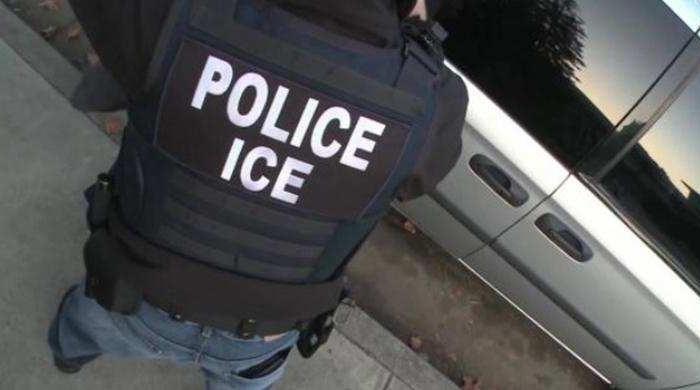ICE removals included both aliens arrested by ICE, and aliens who were apprehended by Customs and Border Protection and turned over for repatriation, according to the report. More than half (57 percent) came from ICE arrests of convicted criminals in the interior of the United States.
Their crimes included more than 12,000 sexual offenses, 2,000 homicide convictions, and 2,000 kidnapping offenses.
“ICE continues to prioritize the arrest and removal of convicted criminals, gang members, and repeat immigration violators,” said Acting ICE Director Ronald Vitiello, who added that ICE operations are intelligence-driven and not “indiscriminate raids or sweeps.”

Vitiello said the agency needs more funding for its detention centers as the surge of illegal immigrants across the Southwest border continues unabated. In October and November, more than 102,000 illegal immigrants were apprehended along the Southwest border.
Currently, ICE’s 52,000 beds are full, and if the agency runs out of funding, it will begin to release people into the community, Vitiello said.
“Back in 2013, there was a large release of detainees—many of which had significant criminal records—that had to be released because we just didn’t have the adequate funding to ... keep those folks in custody,” he said. “We’re worried that that might happen again.”
Vitiello said the vast majority of aliens that are removed from the United States are able to be removed because they are already detained—rather than having to locate them in communities around the country.
Still, the fugitive population continues to grow, with more than 560,000 currently “in the wind,” he said.

The number of illegal immigrants entering the United States still outstrips those being deported, especially with the ongoing surge at the border of family units and unaccompanied minors.
Although about 50,000 unaccompanied minors were apprehended at the Southwest border in fiscal 2018, only 5,570 were removed, reflecting an 11 percent removal rate. Only 2 percent of family units were repatriated, with 2,700 being sent home out of the 107,000 apprehended at the border.
Vitiello also made the case for a border wall, saying it would help ease the burden downstream.
“The wall makes the border safer, it makes the agents that work within it safer, and it would reduce the workload of immigration enforcement across the board,” he said.





